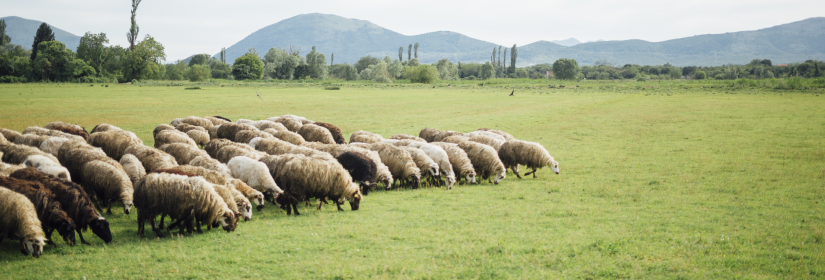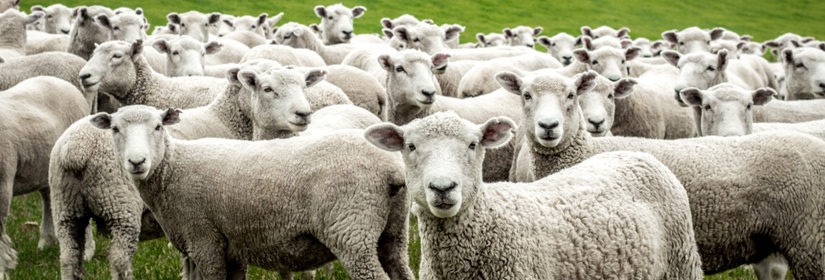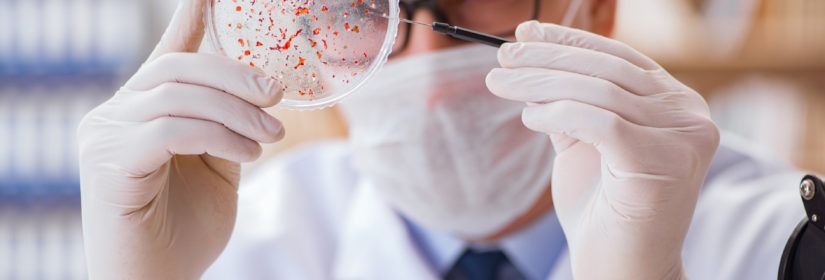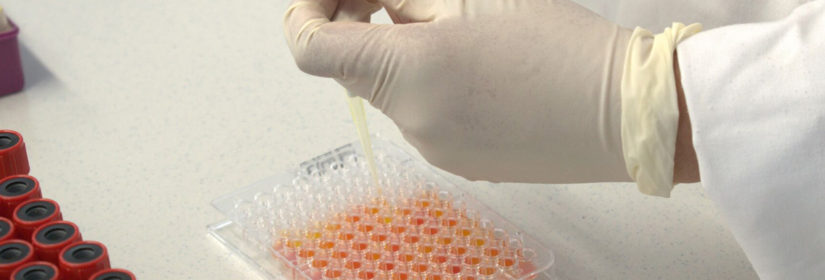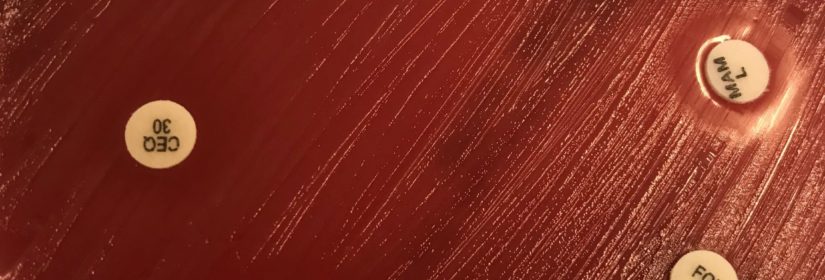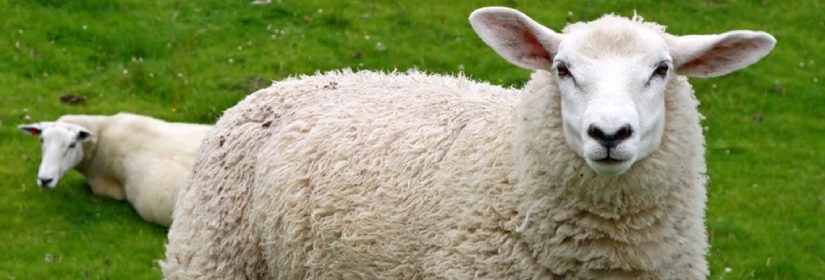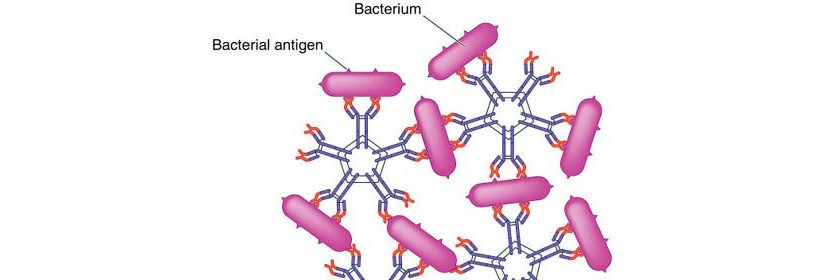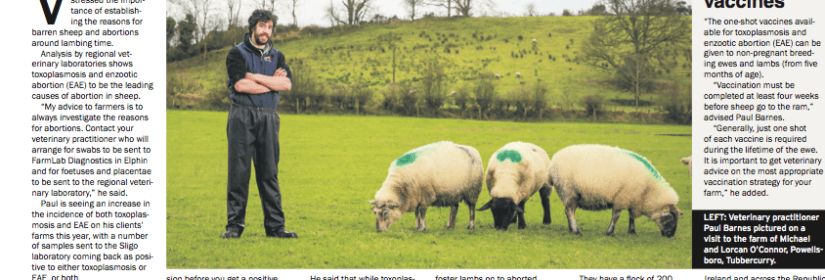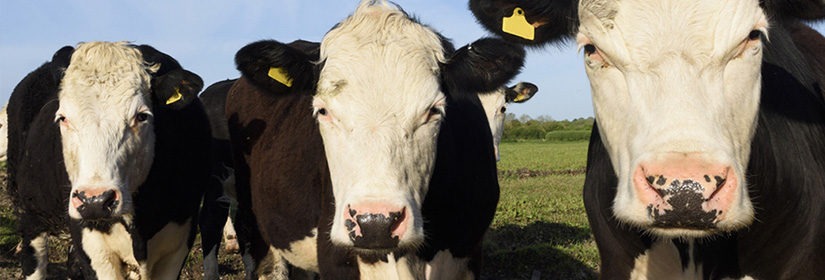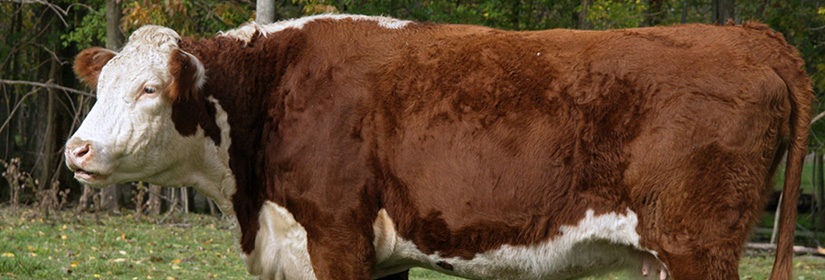No products in the basket.
Sheep Abortion The Facts
As we head into the peak of lambing season, one disease no sheep farmer wants to see is abortion. This can occur in flocks in the last trimester of pregnancy, with some abortion storms leading to 25% losses.
The target for abortions is to have them under 2% in your flock.
We regularly talk to farmers in the vet practice who have experienced this devastating disease.
Like every disease it can have massive health and financial impacts on flock performance. During an outbreak of abortion we must act fast to get issues under control.
We can make short term decisions that can help but also accurate early diagnosis will help to make better future decisions around control.
There are several agents that can cause abortion. Chlamydial abortion, toxoplasmosis, salmonella, listeria amongst other things.
By far the two most common agents isolated are Enzootic (chlamydia abortus) and toxoplasmosis.
Sheep abortion some facts
- Chlamydia abortion is a bacterial infection that can cause abortions in our flocks. It can spread easily from the womb of infected sheep, aborted lambs or afterbirth. Even young lambs or other infected sheep can pick up the infection from these materials. It will lie dormant in these sheep until they are 90 days pregnant greatly increasing the risk of abortion.
- In simple terms exposed sheep may become infected. They will appear normal but can abort after 90 days of pregnancy.
- This is one of the abortion agents we can bring into our flock with sheep carrying the bacteria. This is why operating a closed flock pays or else buying stock from a farm of known disease status.
- Where outbreaks occur all aborted sheep and aborted materials must be kept away from other sheep. Once this problem or chlamydia abortion has been diagnosed vets can recommend flock treatments with antibiotics.
- With increased concerns around AMR and antibiotic resistance we must be very careful about flock treatments without the correct diagnosis.
- Toxoplsmosis is an abortion agent caused by a protozoan oocyst. The cat plays as important intermediate host in this cycle. They can spread toxoplasma oocysts in their faeces which can infect immunoniave sheep.
- With toxoplasma you can get a number of presentations. Some ewes will abort early and will scan empty. Other ewes will carry close to full term aborting anywhere in the last 6 weeks before lambing.
- While enzootic abortion you can have some lambs born weak or alive, with toxoplasma more often than not you will have dead lambs (or mummified foetuses.
- During a toxoplasma outbreak there is little point treating the flock. Once a diagnosis is made, then long term control strategies like vaccination become very important.
- With cats playing an important role in the potential spread of toxoplasmosis. All feed stores should be secured and cats really shouldn’t be allowed in sheep sheds with pregnant ewes. Following infection, sheep develop immunity which will protect them against the disease in subsequent pregnancies
Steps to take during an outbreak
We need to remember that these abortion agents are zoonotic agents. This means they can affect humans, with pregnant women being at particular risk. Take care while handling aborted material and when returning back into the house.
All aborted material should be removed quickly from lambing pens. This includes dead lambs, placenta, lambing gloves and straw or bedding.
Aborted lambs and placenta can be used to take diagnostic swabs by your veterinary surgeon. Farmlabs has a very unique test to diagnose the cause of abortions.
All ewes that have aborted must be isolated from the flock. They can be the source of infection with other sheep in the flock including lambs.
Diagnostic options
Having a diagnosis of which agent has caused your abortion can really make a big difference.
For more information around our cutting edge science in abortion detection using swabbing, talk to your own veterinary practitioner.

